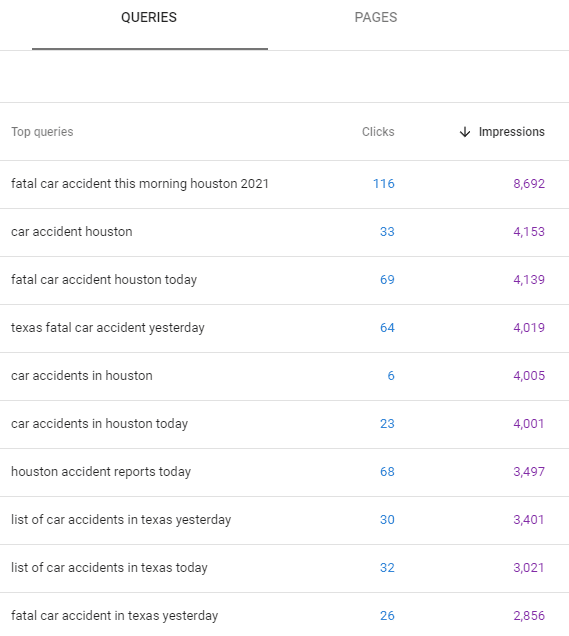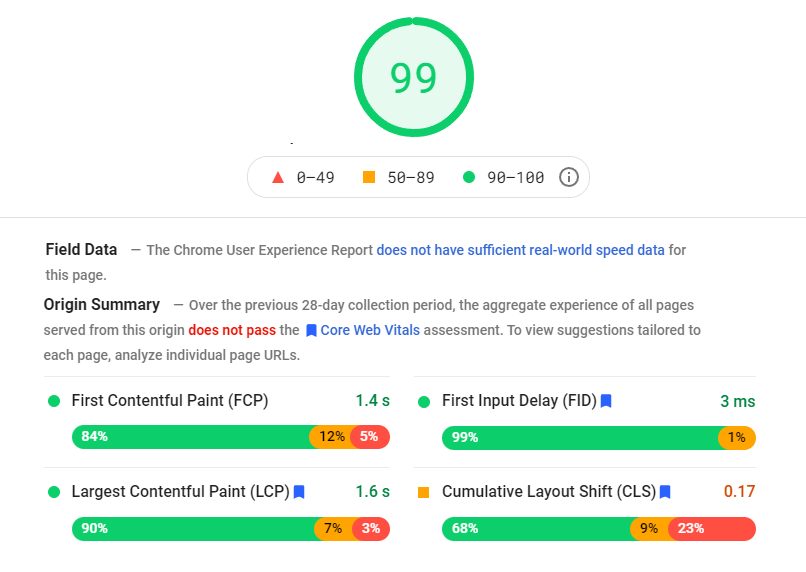Great content needs to start with great topics. If we are writing about subject matters that our typical client does not look for or care for, our content strategy will lead nowhere.
Knowing How to Start with the Right Topic
We can garner inspiration for topics similarly to the way we determined the quantity of content our competition was creating. Sitemaps give us insight into entire strategies – from blog topics, to FAQs, to page strategies. This will show us what is being done in terms of content strategy, but this will not show us what is not being done on purpose. This is where you can take the first step in distancing yourself from doing exactly what your competition is doing.

Search and consumer behavior have changed drastically in the past two years. Here are some of the ways that content topics have evolved, which influence how the content is executed:
Long-Tailed Searches
Long-tailed (searches with more than a handful of keywords) have gone on to solidify their prepends, such as “What” and “How”. Using Answerthepublic.com has gone on to do a great job extending the queries searched by people.
Socially Sourced Websites
Quora, Reddit, and many other socially sourced websites help you tap into unique legal questions and observations. They also help you understand what tone that works well in achieving trust with your web visitors. For most legal content, consumers are looking for the expert take of a lawyer; however, they do not want the legal jargon that is hard to understand. These sources allow us to understand the stronger ways of conveying our knowledge.
News Commentary
Law firms often rewrite local news as a blog. What if there was actual commentary on the news instead of unwarranted regurgitation? You could comment on the news as if you are being interviewed, and the format would be like popular reaction videos on YouTube. For example, watching a doctor dissect all the fallacies and misconceptions in a Hollywood depiction of a medical procedure is very entertaining (and educational).
There are tens of thousands of topics that are already covered in blogs and articles on thousands of law firm websites. You can still find topics that have not been covered if you do your social research, especially on what is trending.
Content Length and Appropriately Answering Questions
What truly is the appropriate length for your blogs and pages? The simple answer is: whatever it takes to comprehensively cover the subject. However, the appropriate length often becomes relative to what your competition is doing.
Blogs used to be 300 to 400 words in length. Blogs then became 500 words, 750 words, or even 1,000 words. On the other hand, there is no end in sight for pages. Some long-form pages (which will be mentioned in more detail later) can run more than 10,000 words. Is this a good user experience? It is hard to tell which consumers will read that much about a legal topic. Does it work in the world of SEO and online visibility? You better believe it.
Content at this length is often achieved by answering the questions consumers are asking the most. This can be done in the form of FAQ, but it is better to tackle it in sections. Going in-depth with some of the subtopics will be more beneficial than a cursory answer to a question.
Going All in With On-Page Optimization
Most content marketers will say that if you focus on writing great content, everything will fall into place. SEOs will agree with that sentiment to an extent. There are still plenty of on-page best practices that Google considers. It should be noted that Google still uses an algorithm, instead of people, in the never-ending shuffling of search query results. You will still want to apply on-page optimization to much of the content you create.

We go in-depth on this topic in the following article.
Here are some strong takeaways you can rely on without doing a deep dive:
- Core Web Vitals proved to have an impact on websites that were prepared for it and on those that were not. Make sure you update your website since your content lives on a platform that has to be optimized for Google algorithm updates.
- Structured Data has been, and always will be, another layer of information you can provide on your blogs and pages on the backend to help search engines better understand what the page is about. The most successful forms we have found are FAQ, Review, and Page Structured Data.
- Plagiarism Checks are important for ensuring that you have not inadvertently lifted content from other websites without rewriting or attributing enough. These plagiarism checks can also show if other websites have been copying your content verbatim for their own marketing efforts.
As for some of the basics, always remember that on-page SEO that should be performed on a page looks like the following:
- Keyword insertion and density is normally entered into content naturally, but most pages and blogs could benefit from entering more keywords primarily into closing paragraphs and H tags. Studies show that a level of density can give one page an edge over another. Page Optimizer Pro breaks down H1’s all the way to H4’s, the variations, and inflections of the focus keyword.
- Speaking of H tags, never forget to place at least one (and only one) toward the top and several H2’s and H3’s throughout.
- Internal Linking, External Linking, Page Speed, Engaging Assets, etc. all go into a solid page from an On-Page standpoint.
Again, you can refer to the following article for guidance or to learn more.
Pick and Optimize Great Legal Blog Topics Using Innovative Marketing Strategies
We’ve established that content is a crucial part of your law firm’s identity and success. The next step is picking the topics. At Market My Market, our experts will not only help you write exceptional copy, but we’ll also produce optimal topics that will convert readers. Still have questions? Contact Market My Market and schedule a free consultation.
